

Notes on Dialogues on the Politics of Memory (5): Regeneration of Historic Sites
2019-06-19
Notes on Dialogues on the Politics of Memory (5): Regeneration of Historic Sites
Dialogues on the Politics of Memory (5): Regeneration of Historic Sites
Collective Memory? Broken History?: Rethinking the Contemporary Significance on Cultural Heritage from the Cultural Policy of “Regeneration of Historic Sites”
Speaker: Rong Fang-jay (Associate Professor, Department of Environmental and Cultural Resources, National Tsing Hua University)
Old Houses on the New Bay: Vernacular Preservation and "Regeneration of Historic Sites" in Hamasing
Speaker: Hsu Ching-Wen (Associate Professor, Institute of Anthropology, National Tsing Hua University)
Discussant: Li Cho-ying (Associate Professor, Institute of History, National Tsing Hua University; Chair of Master's Program in Inter-Asia Cultural Studies)
Moderator: Chen Jui-Hua (Associate Professor, Interdisciplinary Program of Humanities and Social Sciences, National Tsing Hua University)
Date: 31 May 2019
Writer: Postdoctoral Fellow Desmond Hok-Man SHAM(The International Center for Cultural Studies)
In 2018, Taiwan’s Ministry of Culture launched the project “Regeneration of Historic Sites” (RHS, 再造歷史現場). An integrated policy of heritage preservation and urban governance, it aims to go beyond preserving individual historic buildings. Rather, RHS aims to “revitalize local resources and form regional cultural landscape” through a series of cross-department public investment and projects. RHS has some 30 projects across Taiwan currently. Noticeable examples include “The Tagana Story” in Keelung, the revitalization of the former Imperial Japanese Navy’s fuel factory in Hsinchu, the regeneration of Daxi in Taoyuan, and the regeneration of Hamasen (Hamasing哈瑪星) in Kaohsiung. Many projects were advocated by local activists or started by local governments even before the launch of RHS.
In the Conversation, Dr. Rong Fang-jay (榮芳杰) and Dr. Hsu Ching-Wen (許瀞文) approach the RHS in different ways. Dr. Rong focuses on the concept of memory, place, and heritage, and discusses the current constraints of the RHS. Dr. Hsu engages with the RHS from the perspective of urban space. She focused on the history and development of a particular project, the regeneration of Hamasen in Kaohsiung.
Using the cases of the Norte-Dame restoration proposals and the current remaining gates of Taipei Walled City, Dr. Rong suggests that heritage conservation is not merely about preserving the physical objects, but also the interpretation of value. If heritage conservation and restoration are limited to the memory of a certain generation, the representation of memory will be limited to a particular period of time. Citing the example of the discussion of future use of a listed building of National Hsinchu Senior High School, Dr. Rong suggests that different generations of alumni have different memories on how the building was used. What is in common, however, is that the building continues to be used by students over decades. Thus, a conservation project that can emphasize “for students’ use” is much favourable. Dr. Rong also distinguishes the notion of “cultural property” (wenhua zichan文化資產), which is widely used in Taiwan from legal and policy documents to daily conversation, and “cultural heritage” (wenhua yichan文化遺產), often used by academics. “Cultural property” is associated with property ownership while cultural heritage goes beyond the property owner and extends to humankind. Dr. Rong suggests, people can discuss the cultural and historical value of a certain piece of cultural heritage without the necessary agreement of the property owner. That being said, it does not mean that the piece of cultural heritage does not have a property owner. While commenting on RHS as cultural governance, Dr. Rong argues that many local governments do not see those projects from a cultural perspective. Rather, they transfer specific historic sites to RHS because they lack the resources to preserve them. For Dr. Rong, RHS will not lack monetary resources. Instead, the content production and talents will be the weaker links. He is more concerned about how history and historic sites (including archaeological sites) in Taiwan are to be interpreted.
In the second part of the conversation, Dr. Hsu discusses a particular project of RHS, the regeneration of Hamasen of Kaohsiung. In particular, she is interested in “heritage on the ground” and those not designated as such by the state. Before incorporated and re-invented by the state(s) as part of a mega-development project and as an RHS project, it started as an “anti-heritage” movement of anti-eviction. The cultural discourses were used to support the right to live. Later on, local heritage activists began to learn from carpenters and restore vernacular architectures (“old houses”) by themselves. What has been treasured and preserved are rather the technique and craftsmanship than the old houses per se. In such process, people also began to discover the heritage of their own. In the case of Hamasen, heritage activists and the states have been in a relationship of contestation and co-operation. The activists recognized that they needed the intervention of the state if they wanted to preserve a group of privately-owned vernacular architectures. However, they were also concerned about whether the negotiation and co-operation meant that they would be co-opted by the state. Dr. Hsu suggests the preservation of old houses in Hamasen challenges the question of “who preserves”. Here, it is no longer the so-called apolitical professionals preserve the cultural heritage. Rather, heritage preservation is a diverse, democratic, participatory process.
During the discussion, Dr. Li Cho-ying (李卓穎) raises the questions related to the interpretation of history and heritage. He questions G.J. Ashworth’s understanding of direction of heritage / history interpretation and packaging. Dr. Li suggests that it is not necessarily the conservation agencies discover historic resources and select and interpret them into a heritage product and then develop into heritage industries. Rather, when heritage industries expand, they will also request the interpretation of historic resources.
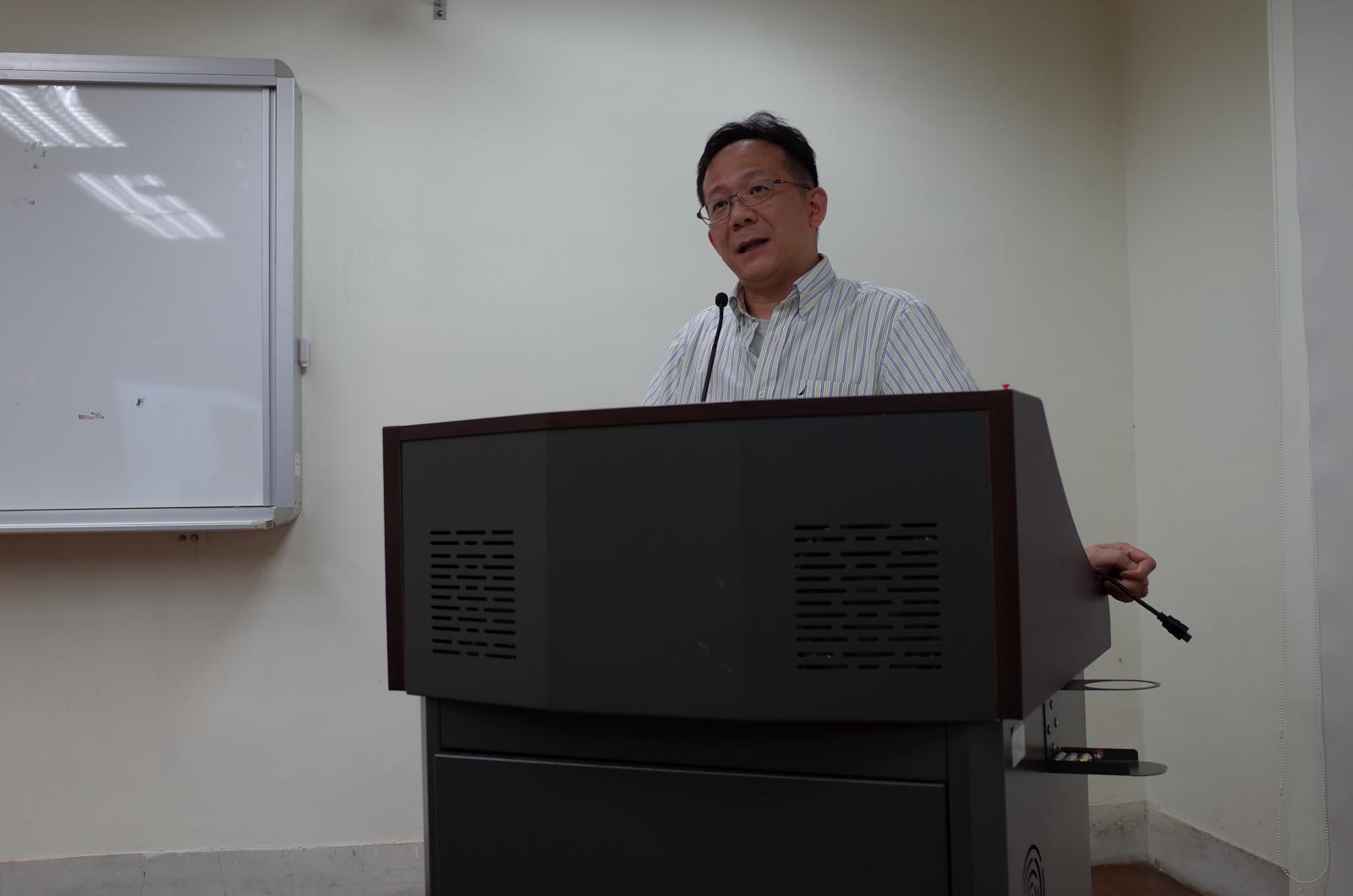
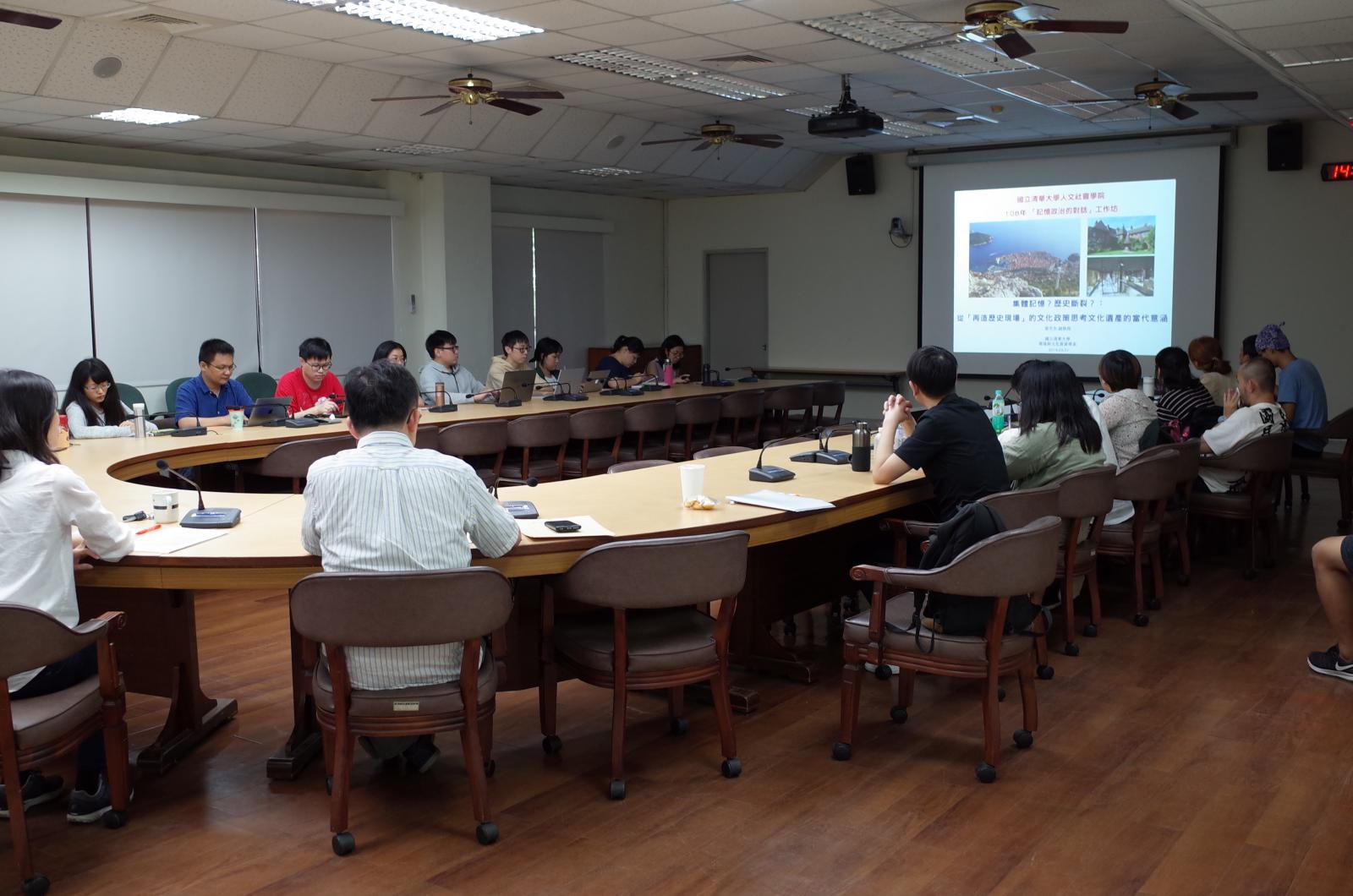
近期新聞 Recent News
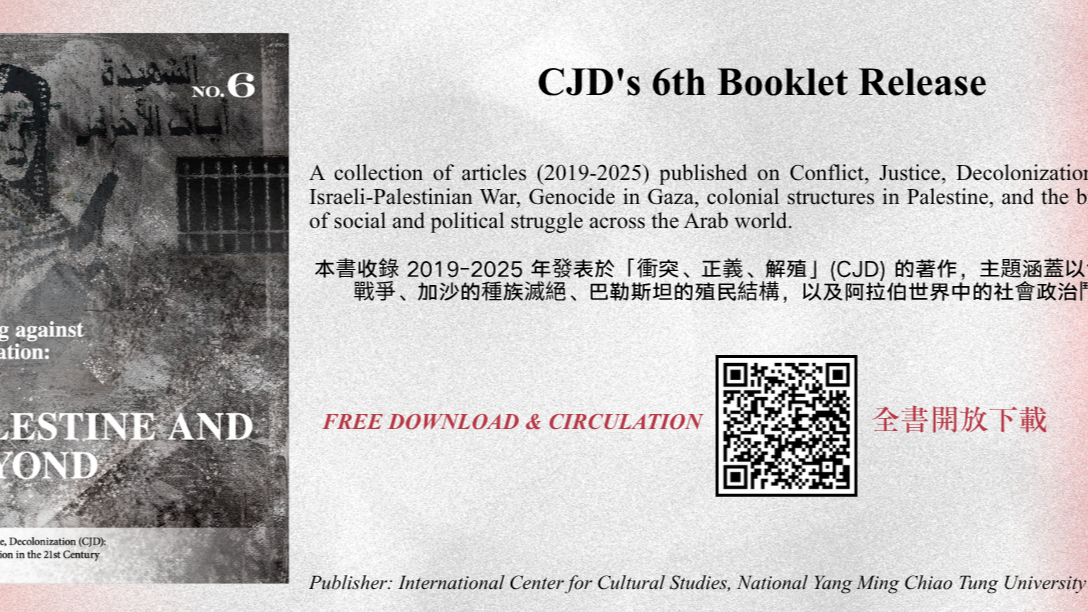
New Publication | Writing against Occupation: Palestine and Beyond (CJD Booklet No.6)
2025-11-12
more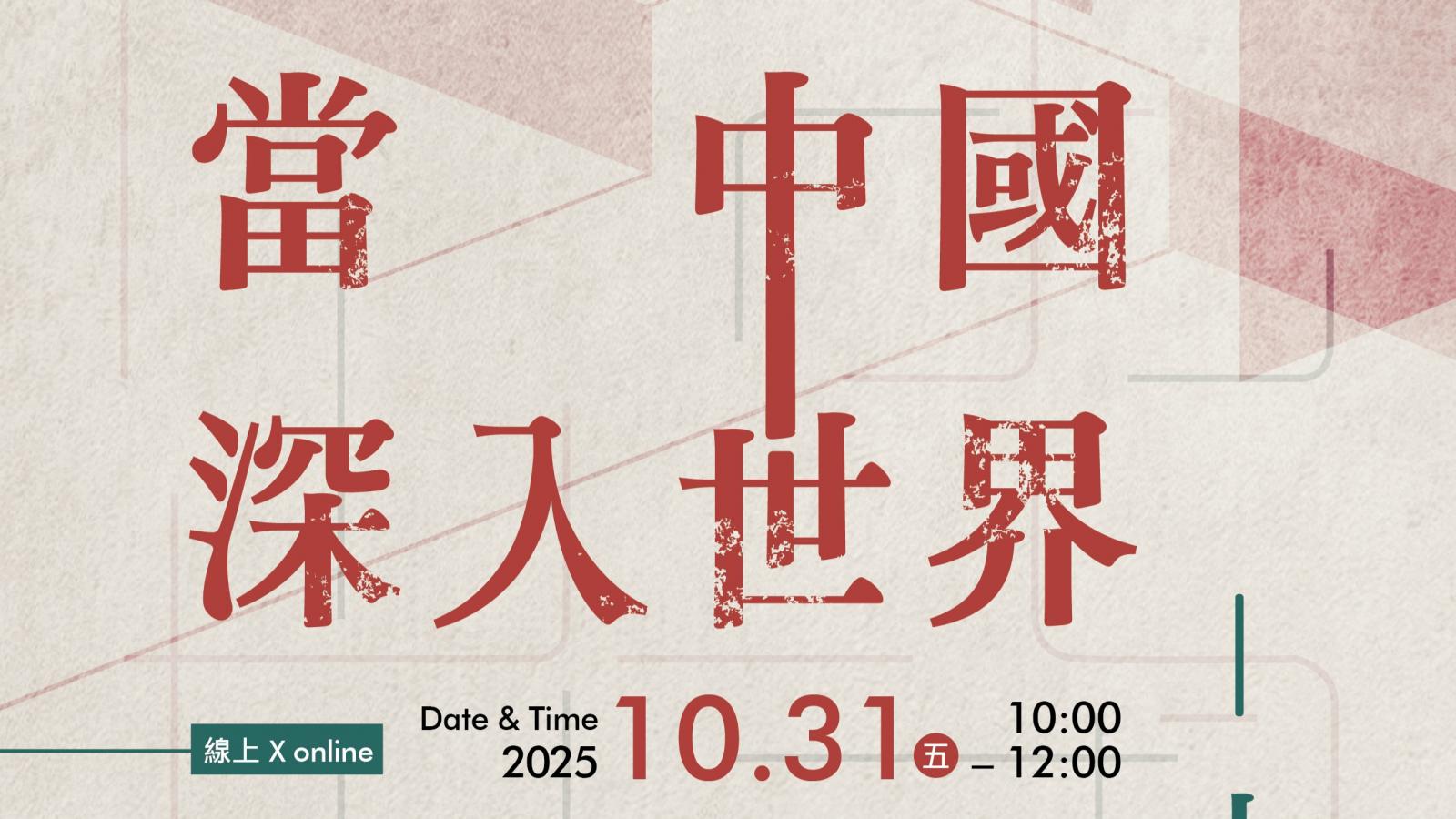
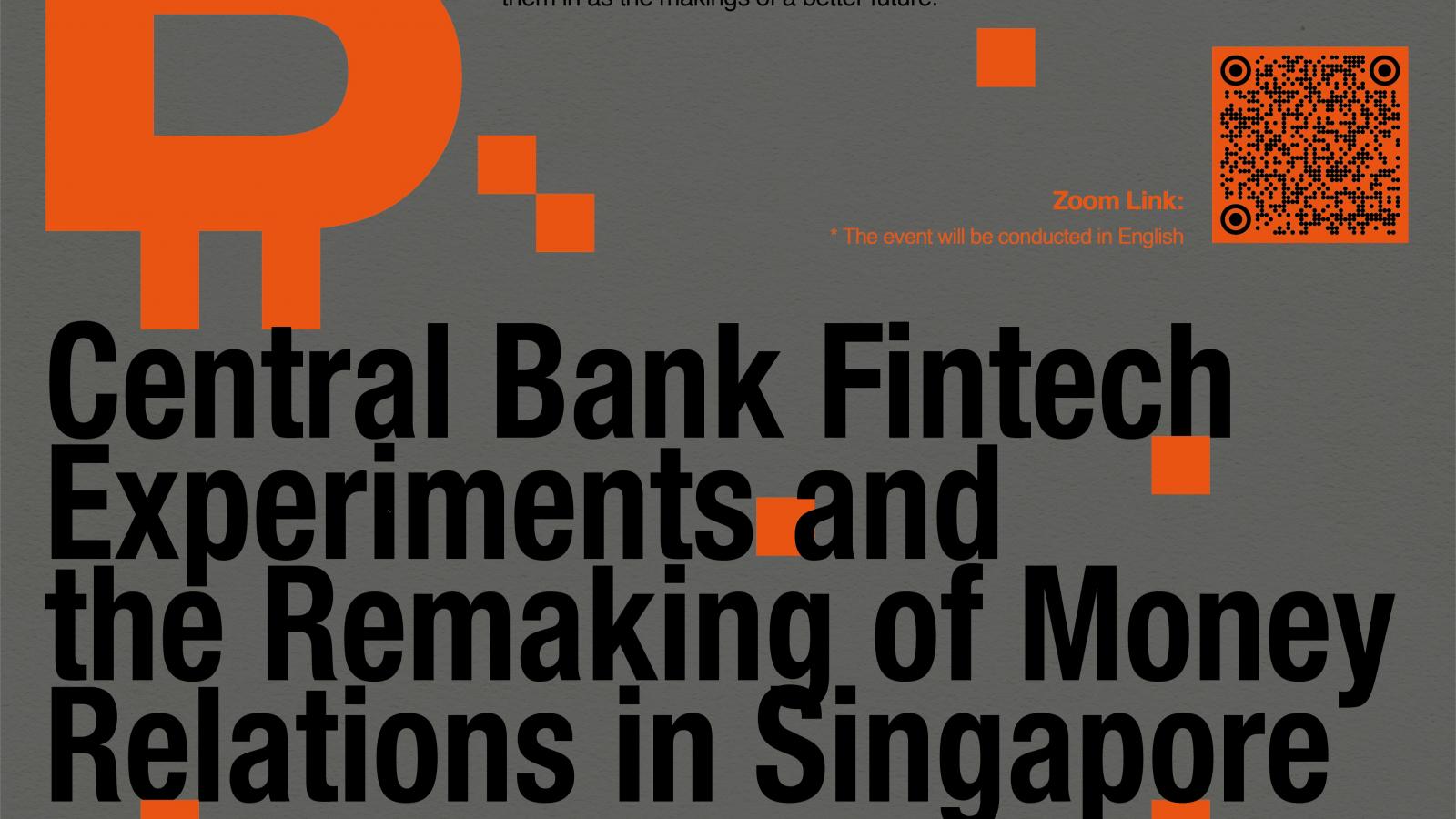
側記|Central bank fintech experiments and the remaking of money relations in Singapore
2025-10-22
more